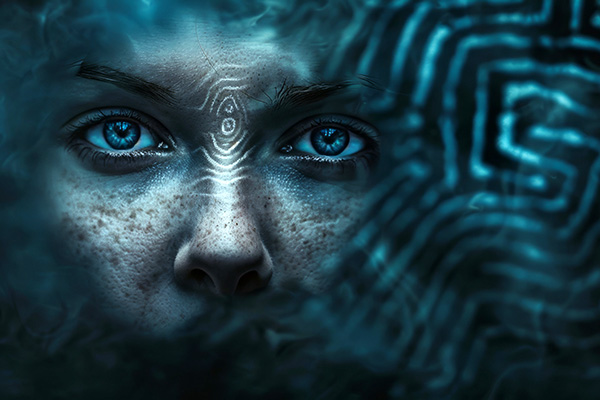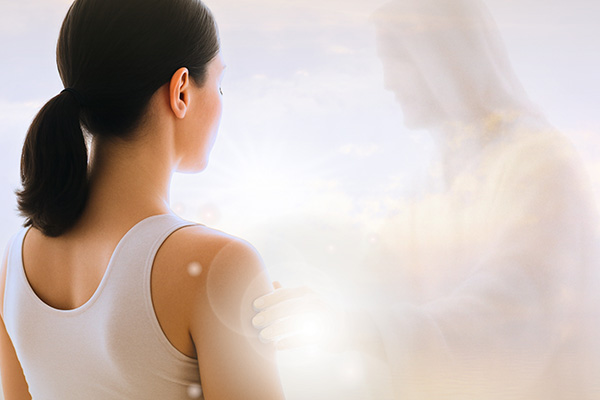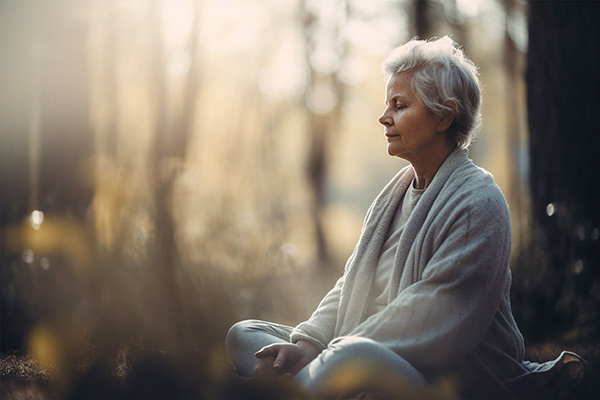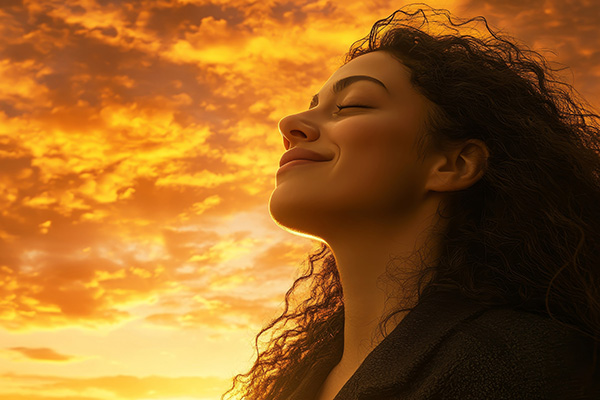Intuition
Are You Experiencing A Spiritual Awakening?
 As a psychic reader, I sometimes have clients who quietly confess that they are afraid they might be “going crazy.”
As a psychic reader, I sometimes have clients who quietly confess that they are afraid they might be “going crazy.”
In truth, they are usyally just experiencing the early signs of a spiritual awakening. These profound shifts in your awareness and energy can feel disorienting, yet are deeply meaningful.
So, how can you tell if what you’re feeling is part of a spiritual transformation rather than a personal unraveling?
The term ‘spiritual awakening’ is somewhat overused these days in metaphysical circles. Just about anyone who has a ‘woo-woo’ moment, or gains deeper insight into a situation, or suddenly sees chakra colors, seems to believe they are having a true, full-blown ‘spiritual awakening.’
Spiritual awakening does tend to occur spontaneously, and from what I’ve witnessed, the more open-minded the person is and the less attached to outcomes they are, the more available or ‘ripe’ they are for a spiritual awakening to occur.
Just the other day a client was telling me of her experience while peeling a carrot over the kitchen sink. She said she was looking down at her hands, watching them, and wondering what was animating them?
It can be a strange moment when you discover that you are not really who you thought you were. It can be disorienting, to say the least, to see yourself from such an objective position. However, if you know ahead of time that this is perfectly normal, and others have experienced these signs too, it can make your life a lot easier.
Your Next Psychic Reading Might Be A Turning Point
 At first glance, psychic reading and manifestation may seem like two separate practices. But if we look deeper, beyond the surface, we discover that these two tools are deeply intertwined.
At first glance, psychic reading and manifestation may seem like two separate practices. But if we look deeper, beyond the surface, we discover that these two tools are deeply intertwined.
They are, in truth, two sides of the same energetic coin. Both are rooted in awareness, vibration, and the mystical truth that our inner world is constantly shaping our outer reality.
Neville Goddard, one of the most compelling and poetic teachers of the Law of Attraction, often reminded us of a simple yet profound truth: imagination creates reality.
In his words, “The world is yourself pushed out.” What we assume to be true, what we habitually feel and believe, eventually materializes in our external experience.
This is exactly why psychic readings can be so transformative. Contrary to the belief that they’re just about predicting the future, readings actually reveal the energetic undercurrents at play in your life right now. They offer a mirror to the thoughts, emotions, and assumptions that are actively creating your reality.
Let me share a story to illustrate this connection.
One of my regular clients called me feeling stuck and disheartened in her career. She had been doing all the “right” things: working late, staying committed, being a team player. But promotions and acknowledgment never seemed to land her way.
The Difference Between Emotion And Intuition
 Clients sometimes tell me during psychic readings, “I just have this gut feeling,” or “I don’t know, but something about this seems off.” I love when people say things like this. It means they are noticing the whispers of their inner guidance system. They may not yet have the confidence to fully trust it, but they’ve taken the first step to becoming more aware of whispers of their highers self, asking to be heard.
Clients sometimes tell me during psychic readings, “I just have this gut feeling,” or “I don’t know, but something about this seems off.” I love when people say things like this. It means they are noticing the whispers of their inner guidance system. They may not yet have the confidence to fully trust it, but they’ve taken the first step to becoming more aware of whispers of their highers self, asking to be heard.
The challenge comes when we try to sort out whether that “feeling” we have is an actual intuitive nudge or just an emotion bubbling up from our human experience. From a spiritual perspective, emotions and intuitions are not the same thing. Both are important, but they function very differently.
When you can tell them apart, you can make decisions with greater clarity, avoid unnecessary drama, and walk more confidently along your spiritual path.
Emotions and intuitions may seem similar because they both arise within us without a clear explanation. However, emotions are usually connected to our human reactions. They can be triggered by what’s happening around us, our personal beliefs, or our physical state. As any expert drama queen can confirm, they can sometimes be big, loud, colorful, and full of urgency!
Intuition, on the other hand, is usually quiet, calm, and strangely neutral. Even the most powerful intuitive messages can be completely free of emotion. They carry a simple clarity that doesn’t shout or demand, but simply is. In fact, these emotion-free intuitive hits are often the most accurate and meaningful, because they’re not wrapped up in temporary moods and personal biases.



